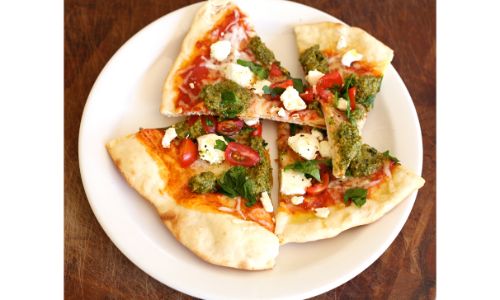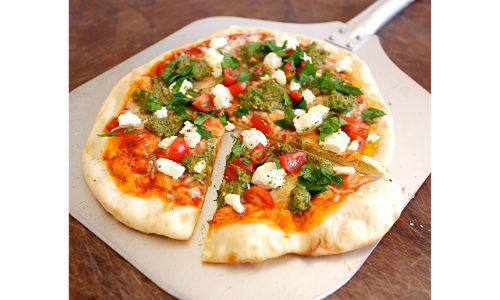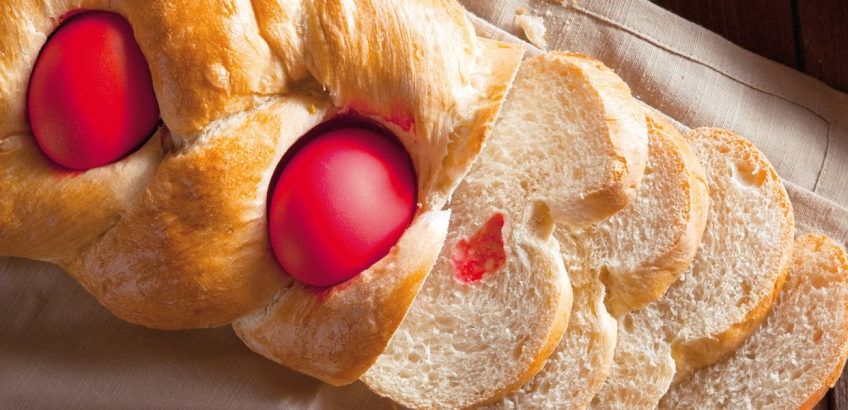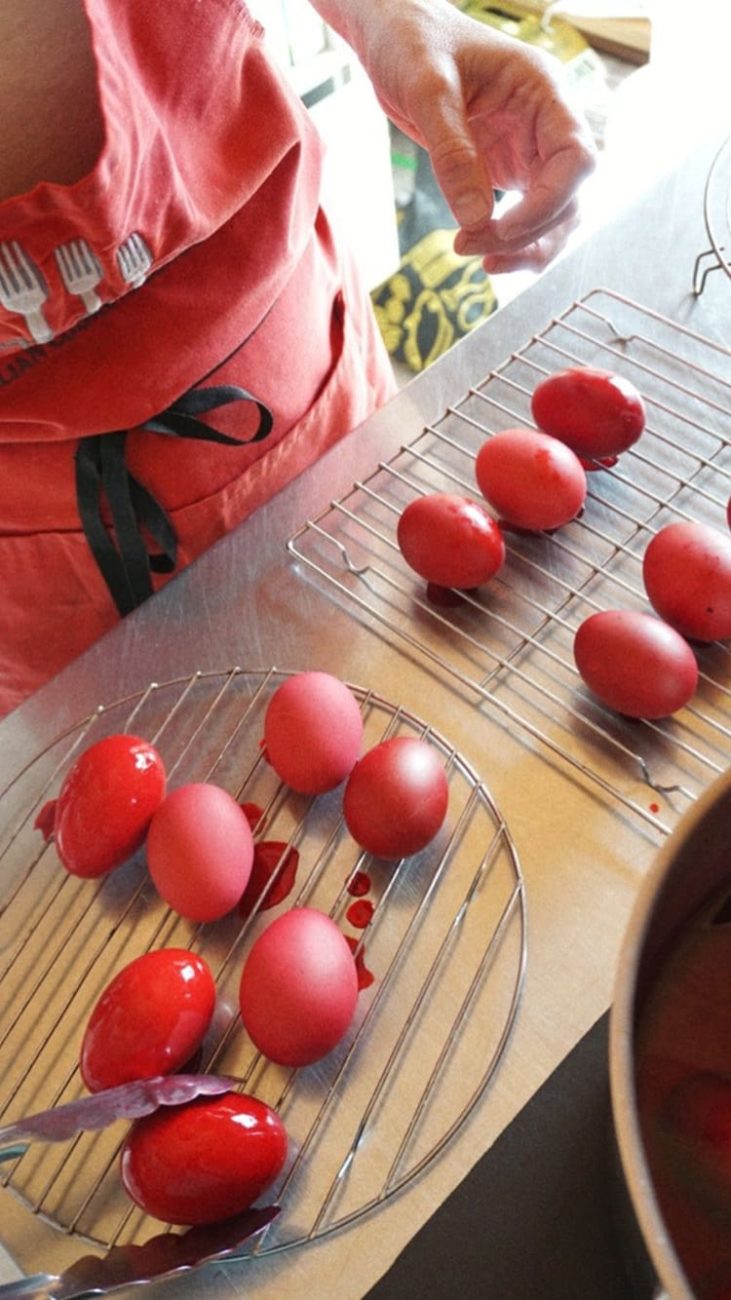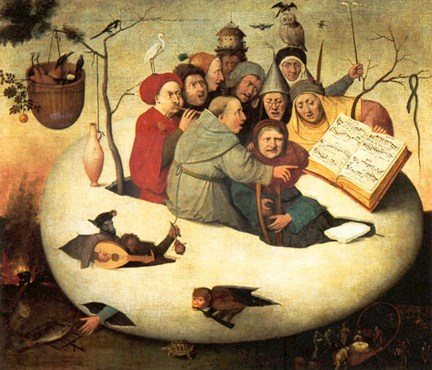The decision to move to New Zealand was the perfect opportunity to realize my dream of opening a cooking school to both share my love for cooking and at the same time to keep the link with my homeland. As I would later explain in the introduction of my book:
‘Cooking… is the subtle thread which united my diverse family, as well as the only proven method of communicating the continuity of our traditions to my daughters, by recreating that special atmosphere made possible only when you are seated around the table with those you love’.[1]
I completed the qualification at the Institute for the Promotion of Italian food Culture and I was very confident in my knowledge. Or so I thought.
On our way to New Zealand, on July 1998, while we were waiting for the container with all our material belonging to get to our new home, we stopped in Greece to farewell the Northern Hemisphere summer and then we arrived in Sydney. We booked a B&B in North Sydney where we intended to visit the area, but soon both Martha and Giulia got sick and we were forced to stay inside for a few days. Our lovely hosts were very intrigued with our choice of leaving Italy to move to New Zealand, a country they consider ‘20 years behind the rest of the world’ and very impressed with my plans of opening a cooking school. As it happens, they loved Italian food, so, they decided to host what would be my first ‘Italian cooking class’.
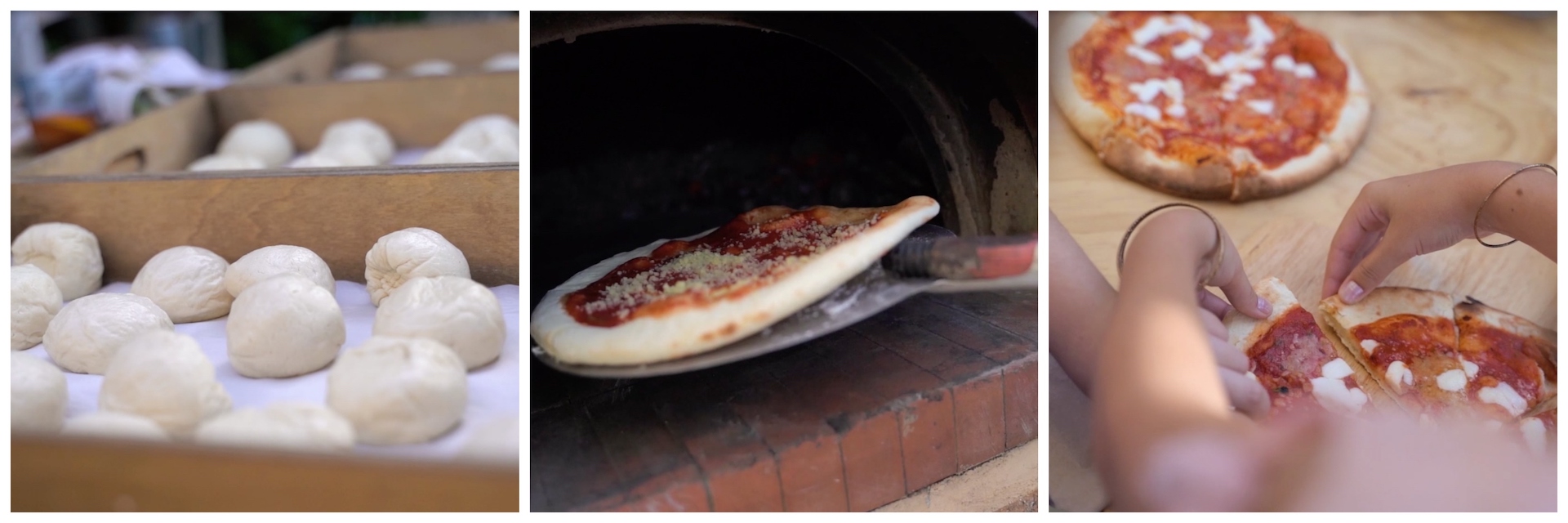
What a perfect occasion to wear my ‘chef hat’ and test my ability to share a trick or two. Pizza and fresh pasta were the easier and most popular choice. In theory, these recipes do not require any special ingredients, even back in 1998. Our guests kindly agreed to take me to the grocery shop and even advised me on what type of flour to buy. The fresh pasta dough proved simple enough and my hosts managed to find a sort of antique pasta machine that egregiously did the job. Then it was time to make the pizza dough. Fresh from my course on elaborated brioche and bread variety, I felt that making pizza dough could pose no threat. Under my professional supervision, everyone began kneading the dough which, strangely, began to rise even before adding the yeast. Its consistency was different from what I was used to, but after all, we were cooking ‘down-under’ and minor differences were to be expected. No big deal. Little did I know that something called ‘self-raising flour’ existed, and that it already contains a raising agent. Instead of a thin and crusty pizza, the result was an Italian version of a British scone, topped with tomato mozzarella and basil.
[1] Raffaela Delmonte ‘The Fragrance of Basil – Food and Memories of my Italian Childhood’ – Penguin 2002.

